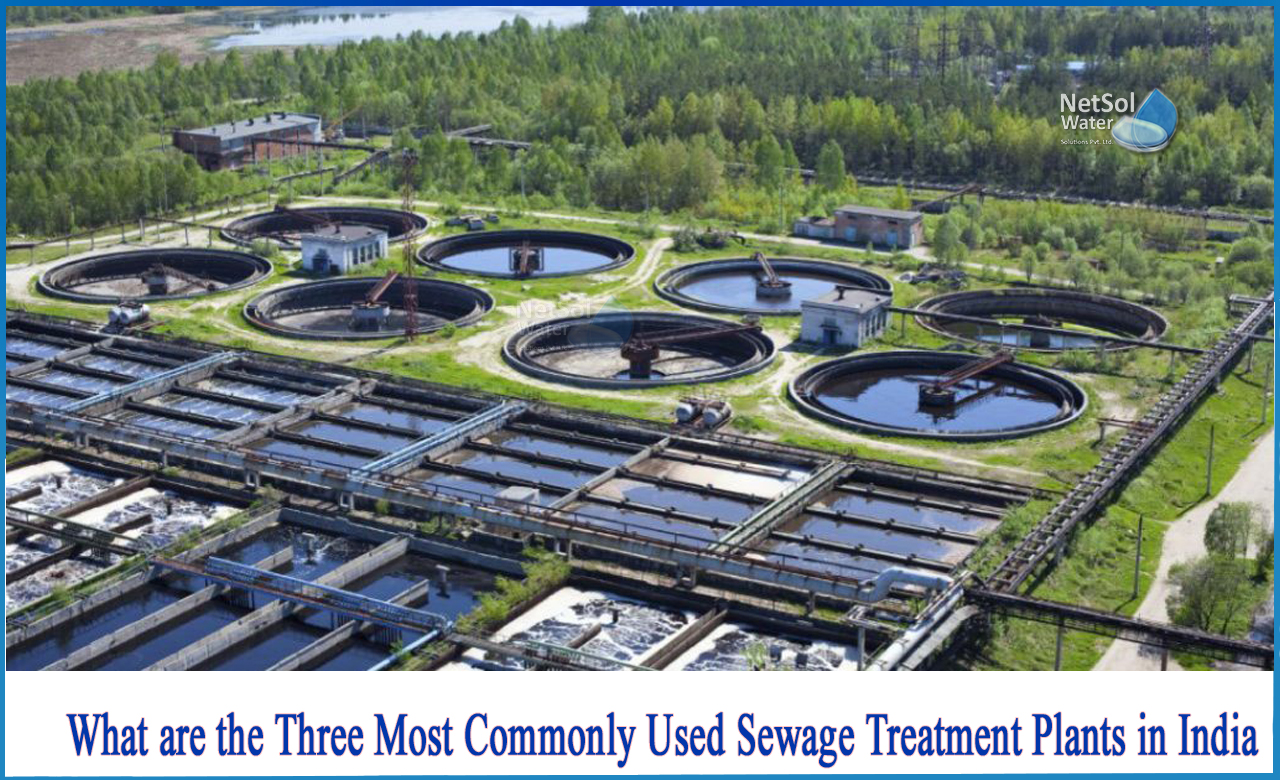What are the three most commonly used STP in India?
Sewage treatment plants in India have immensely gained popularity. The importance of pollution control and saving water is relatively understood well. Today, we have multiple means and ways to address these issues. Water treatment processes not only help reuse water but also keep the environment clean and healthy.
1-Sequencing batch reactor sewage treatment plant:
Sewage treatment plants have grown in popularity in India. The significance of pollution management and water conservation is widely recognised. Today, we have a variety of techniques and methods for dealing with these difficulties. Water treatment methods not only aid in the reuse of water, but also in the preservation of a clean and healthy environment.
Reactor for sequencing batch plant for sewage treatment:
The activated sludge technique is used in Sequencing Batch Reactors (SBR), a form of wastewater treatment procedure. The tanks aid in the passage of oxygen via wastewater and activated sludge. This reduces the amount of organic stuff in the water. The treated wastewater is suitable for use on land or in surface water. The amount of time required for aeration is determined by the volume of water to be treated and the size of the plant.
The method involves the use of one or more tanks. They have a 'flow-through' system, which allows wastewater to enter from one end and treated effluent to escape from the other.There are five stages in the SBR process that help treat water and make it reusable.
The SBR process aid in removing nitrogen, phosphorus, and other microorganisms present in wastewater.
Benefits of SBR Sewage Treatment Plants:
· Flexibility in operation and maintenance
· Great treatment efficiencies
· Various stages can be achieved in one single reactor vessel – such as primary & secondary classifications, equalization, and biological treatment
· Generates electric energy from biogas
· Compact tank reduces the required space for treating waste water
· Cost-effective (Low operating cost)
2- Membrane bioreactor sewage treatment plant:
A membrane bioreactor (MBR) is a system that combines membrane processes. The activated sludge process, a biological wastewater treatment technology, is coupled with the ultrafiltration (UF) or microfiltration (MF) process. The MBR sewage treatment technology is primarily used to treat industrial and municipal wastewater.
MBR system is made up of 10-11 subsystems, as well as membrane zone and fine screening headworks. The membranes' primary role is to separate organic materials from water. This is often performed using clarifiers and filters found in activated sludge operations. The initial phase in weakening pollutants is the membrane zone. These pollutants are then filtered using a succession of membrane components.
Benefits of MBR Sewage Treatment Plants:
· Produces high-quality effluent
· Has a small footprint
· Is simple to retrofit
· Modernization of ageing wastewater treatment plants
· Improved bio-treatment
· The expense of removing sludge is reduced
· There is no sand filtering
· Simple to use
MBR has become a well-established wastewater treatment procedure throughout time due to the complicated and innovative technology it utilises, as well as the significantly lower cost of membrane. MBR is presently recognised as one of the most prominent sewage treatment plants in India.
3-Sewage treatment plants with moving bed biofilm reactors:
In the late 1980s, the Moving Bed Biofilm Reactor (MBBR) wastewater treatment technique was created.An aeration tank with plastic transporters filled with wastewater is used in the MBBR process. This promotes the formation of biofilm. These carriers and water have the same density. Normally, activated sludge systems require sludge recycling, however this is not the case with the MBBR process.It is said to be a superior alternative than other traditional approaches.
Benefits of MBBR Sewage treatment plant:
· Complete solid removal
· Smaller units demand less space
· Increased process stability
. Increased treatment volume
. Periodic backwashing is not required
For further information, contact Netsol Water.



